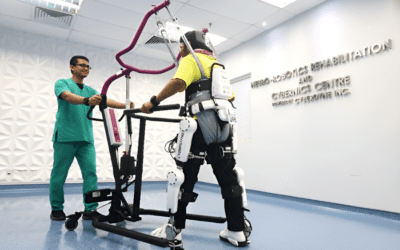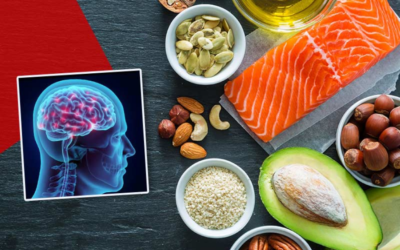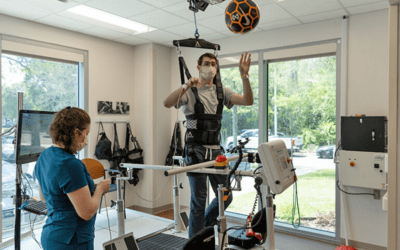What is a Stroke?
A stroke occurs when blood flow to a part of the brain is interrupted or reduced, depriving brain cells of oxygen and nutrients. This can cause brain cells to die within minutes
What types of behavior changes can happen after a stroke?
After a stroke, many survivors experience changes in behavior, mood, and personality due to brain injury. These changes can vary depending on the location and severity of the stroke. Common stroke behavior changes and emotional changes include….
Emotional Lability
- Definition: Emotional lability refers to sudden, uncontrollable emotional outbursts, such as laughing or crying, without an apparent reason or with disproportionate intensity.
- Characteristics:
- Inappropriate or exaggerated emotional reactions.
- Crying or laughing at times when it may not seem appropriate.
- Emotions may shift rapidly, leading to mood swings.
Depression
- Definition: Depression is one of the most common psychological consequences after a stroke, affecting about one-third of survivors.
- Characteristics:
- Persistent feelings of sadness, hopelessness, or emptiness.
- Loss of interest in previously enjoyed activities.
- Fatigue, sleep disturbances, changes in appetite, or difficulty concentrating.
- Can occur due to changes in brain chemistry, as well as the emotional impact of dealing with physical limitations after the stroke.
Anxiety
- Definition: Anxiety, often linked to fear of another stroke or uncertainty about the future, can affect many stroke survivors.
- Characteristics:
- Excessive worry or nervousness.
- Panic attacks or fear of being alone.
- Fear of doing tasks independently due to concerns about safety or the potential for another stroke.
Apathy
- Definition: Apathy is a lack of motivation, enthusiasm, or interest in activities or social interaction.
- Characteristics:
- Stroke survivors may seem emotionally flat, disinterested, or disengaged from life.Difficulty initiating activities or setting goals.
- Often confused with depression, though apathy is more about lack of interest rather than feelings of sadness.
Frustration and Irritability
- Definition: Stroke survivors may become easily frustrated, especially when trying to perform tasks they previously managed without difficulty.
- Characteristics:
- Short temper or irritability, particularly in response to challenges with communication or mobility.
- Overreacting to small problems, or becoming angry more easily.
- A sense of being overwhelmed when trying to complete simple tasks.
Personality Changes
- Definition: Strokes can alter a person’s personality, especially if the brain’s frontal lobes are affected, which control behavior and emotions.
- Characteristics:
- Someone who was once calm may become more aggressive or agitated.
- Previously outgoing individuals may become withdrawn or antisocial.
- Changes in interests, social behavior, and how a person interacts with family and friends.
Confusion and Cognitive Decline
- Definition: Cognitive impairments are common after a stroke and can manifest as confusion, memory problems, or difficulty concentrating.
- Characteristics:
- Difficulty understanding complex tasks, organizing thoughts, or following directions.
- Forgetting recent events or tasks.
- Problems with decision-making, reasoning, and problem-solving.
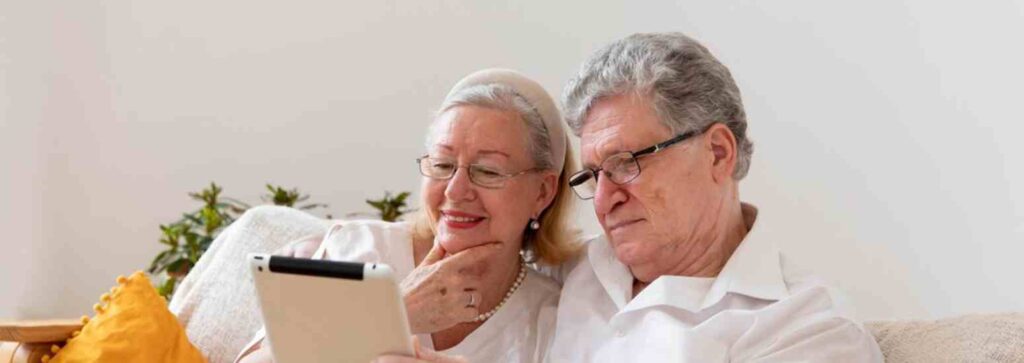
Social Withdrawal
- Definition: Many stroke survivors become socially withdrawn due to depression, anxiety, or difficulty with communication.
- Characteristics:
- Avoiding social interactions or group activities.
- Preferring isolation or time alone.
- A lack of interest in maintaining relationships with friends or family.
Why do These Changes Happen?
Behavioral and emotional changes after a stroke occur because the stroke causes damage to specific parts of the brain, disrupting normal brain function. The brain is responsible for regulating not only movement and sensation but also emotions, behavior, and cognition. When blood flow is blocked to areas of the brain, the affected neurons can die or become damaged, leading to various neurological consequences.
Here’s why these stroke behavior changes happen:
- Brain Damage and Functional Disruption
- Neurochemical Imbalances
- Cognitive Impairment
- Impact on Communication
- Psychological Impact of Stroke
- Reduced Inhibition Due to Frontal Lobe Damage
Treatment for stroke behavior changes
Stroke Behavior changes are common and can manifest in a variety of ways, such as mood swings, irritability, depression, anxiety, or impulsive behaviors. These changes are often related to the location and severity of brain damage caused by the stroke. Treatment typically involves a multidisciplinary approach aimed at improving the individual’s emotional well-being, social functioning, and cognitive skills. Here are some common approaches…
Medication:
- Antidepressants: These can help manage depression or anxiety that often accompanies stroke recovery.
- Mood Stabilizers: These can assist with mood swings, irritability, and emotional lability (uncontrolled emotional responses).
- Antipsychotics: In some cases, these are used to address more severe behavioral changes, such as agitation or aggression.
- Cognitive Enhancers: Medications like cholinesterase inhibitors can help improve cognitive function, which might reduce frustration or impulsivity.
Cognitive Behavioral Therapy:
CBT helps individuals identify negative patterns of thinking and behavior. This therapy can be particularly helpful for managing depression, anxiety, or anger that might arise after a stroke.
Speech and Language Therapy:
For those with communication issues, speech therapy can help improve expression, which in turn may reduce frustration or irritability caused by an inability to communicate effectively.
Psychotherapy:
Psychotherapy offers emotional support and provides coping strategies for stroke survivors and their families. It helps address feelings of anger, sadness, frustration, or confusion and can provide tools for managing these emotions.
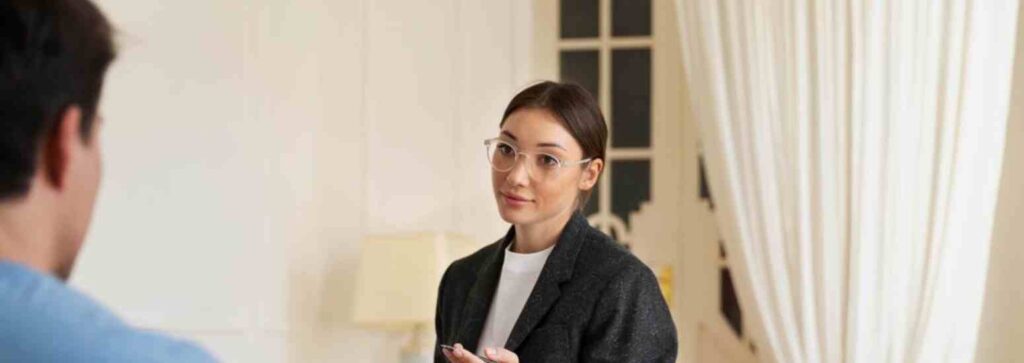
Family Education and Involvement:
Educating family members and caregivers about potential behavioral changes is crucial. Understanding the stroke survivor’s emotional and behavioral shifts helps provide compassionate care and avoid frustration.
Lifestyle Modifications:
- Stress Management: Techniques like meditation, mindfulness, and relaxation exercises can help reduce stress and improve mood.
- Physical Exercise: Physical activity, including gentle exercises or rehabilitation therapy, is known to have mood-boosting effects and can enhance cognitive function.
- Diet and Nutrition: A healthy diet can support overall brain health and recovery.
Neuropsychological Rehabilitation:
Neuropsychologists may conduct evaluations to assess cognitive, emotional, and behavioral changes. They provide targeted therapies that can improve these areas over time.
Conclusion
Stroke Behavior changes are a part of the recovery journey. With proper treatment, many of the symptoms can improve over time. Understanding these common behavioral shifts is crucial for providing appropriate support and care during rehabilitation. It’s important to seek professional help to manage these changes and improve overall quality of life.

